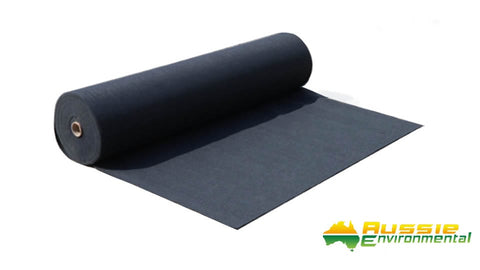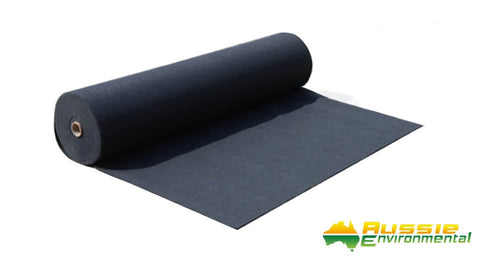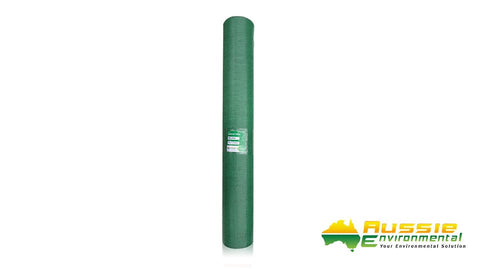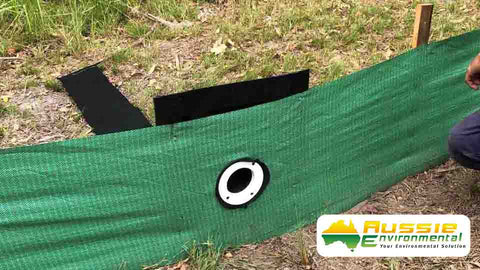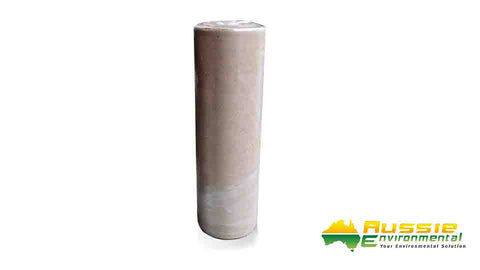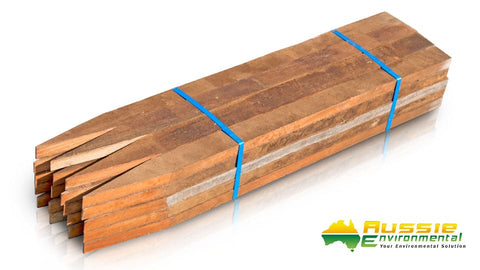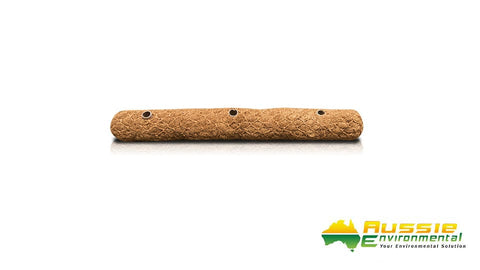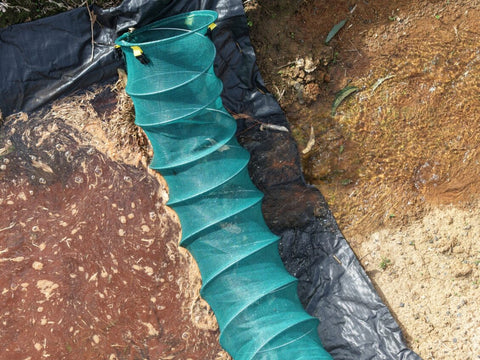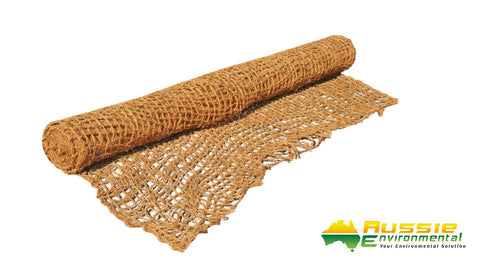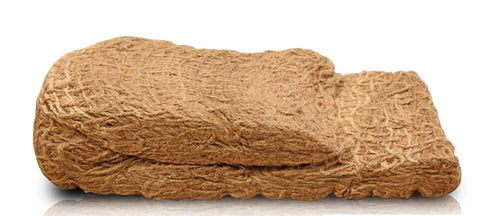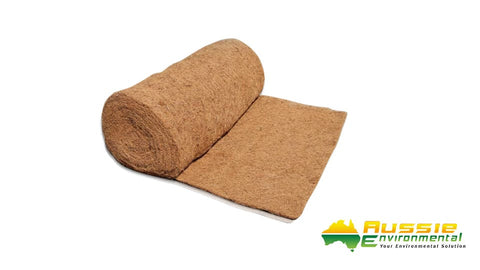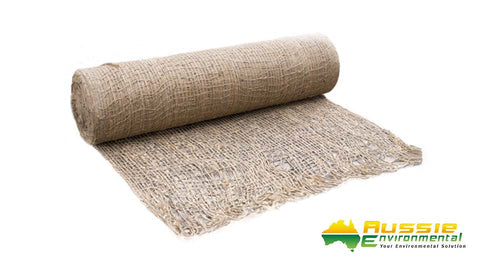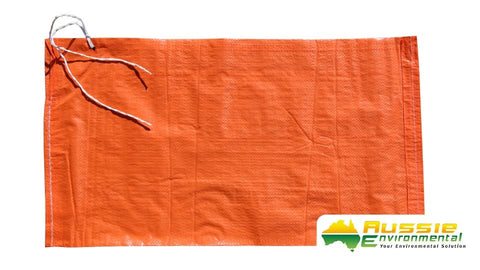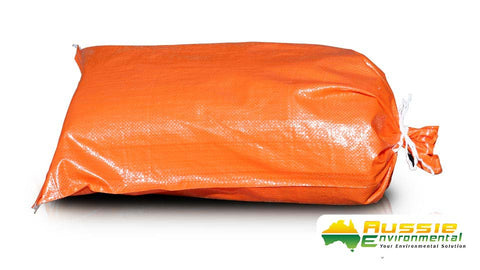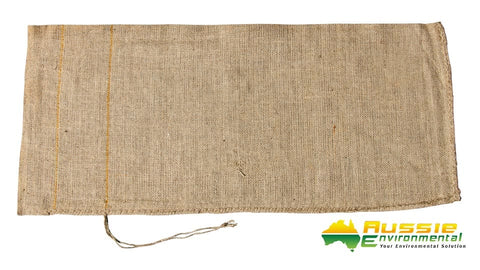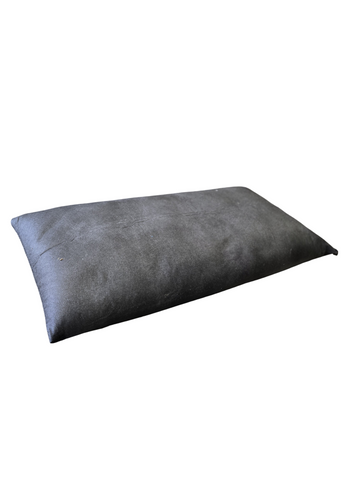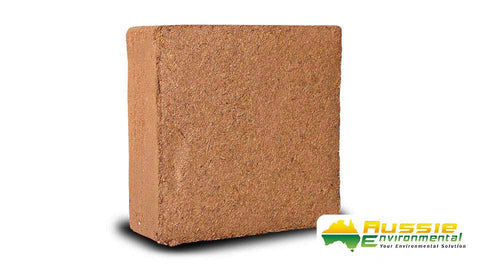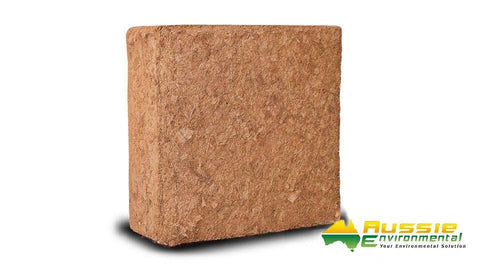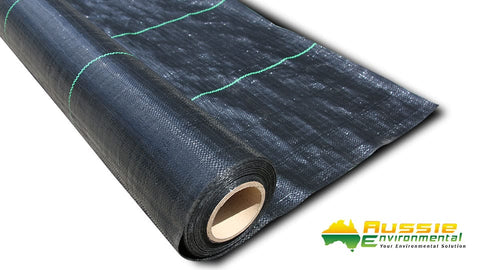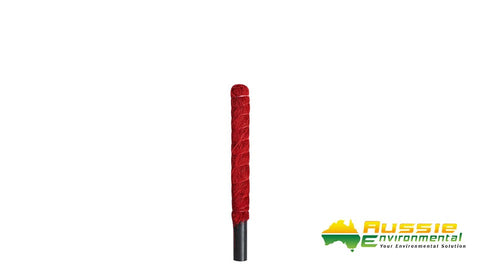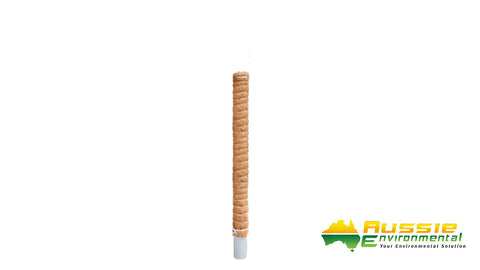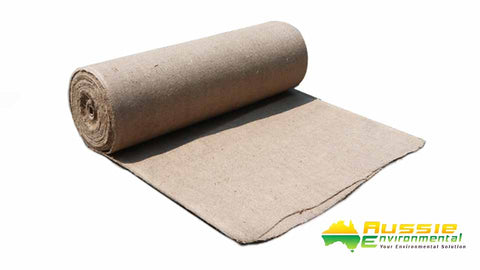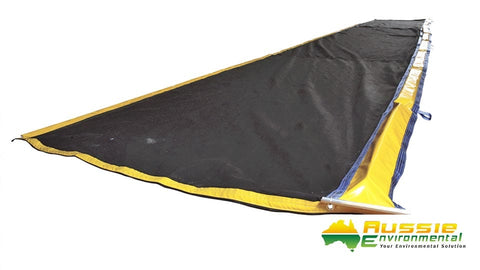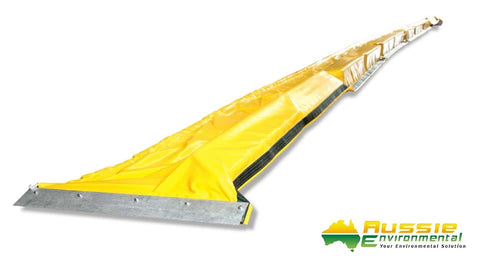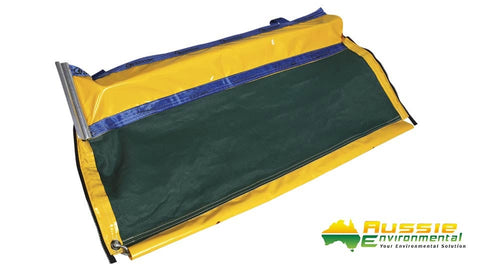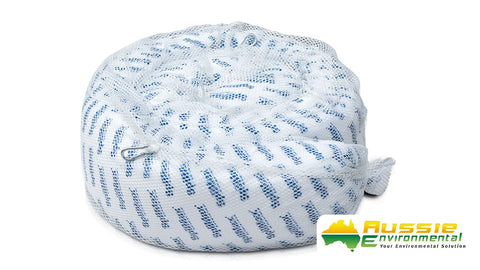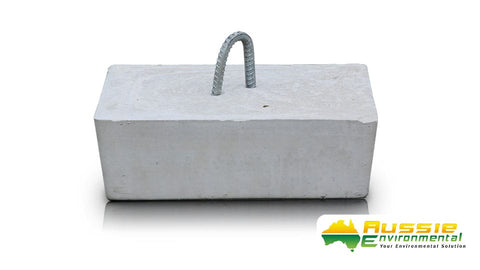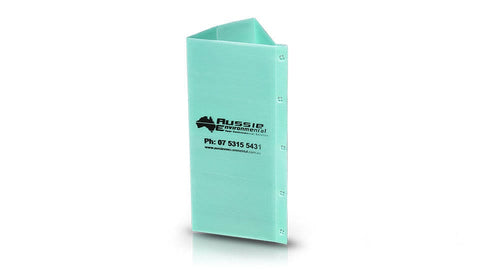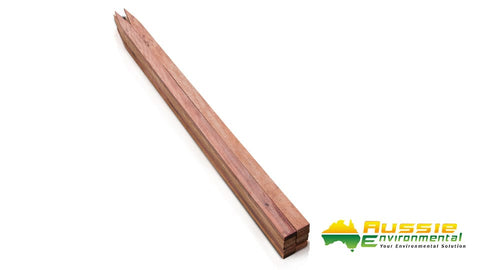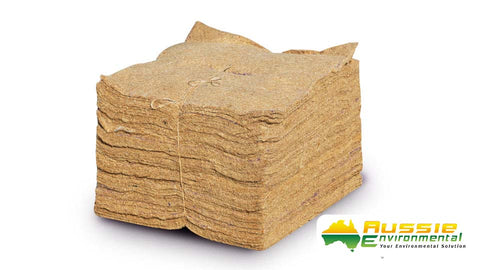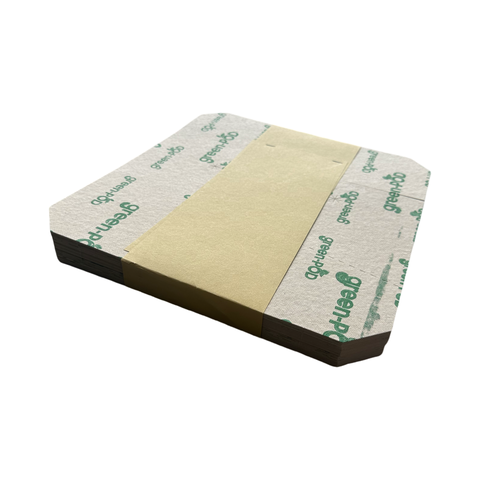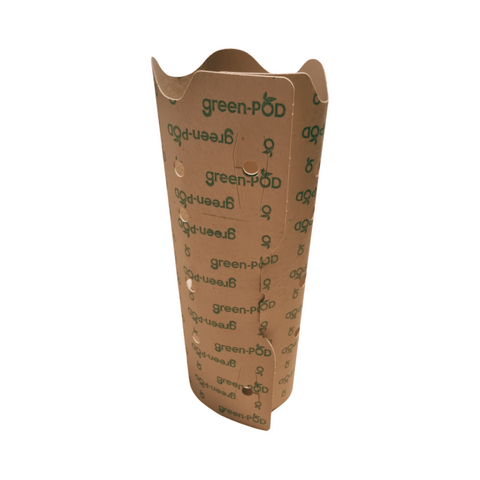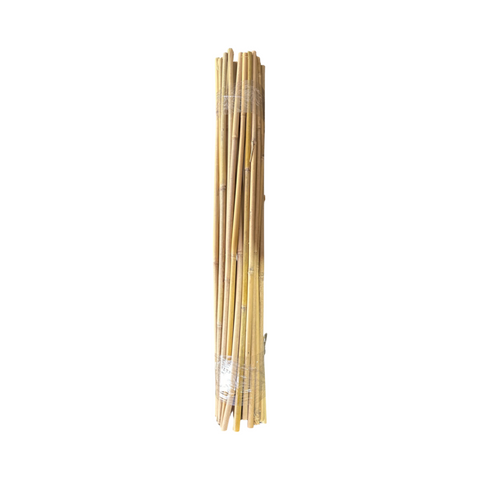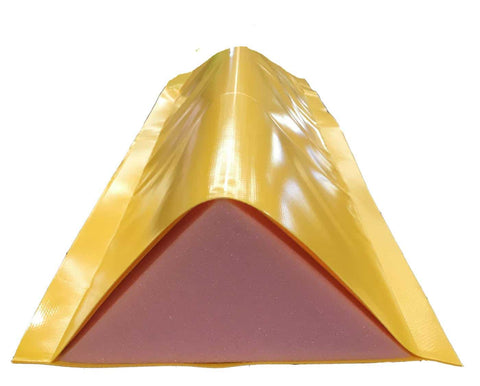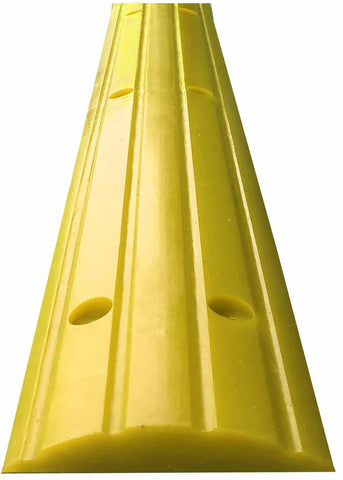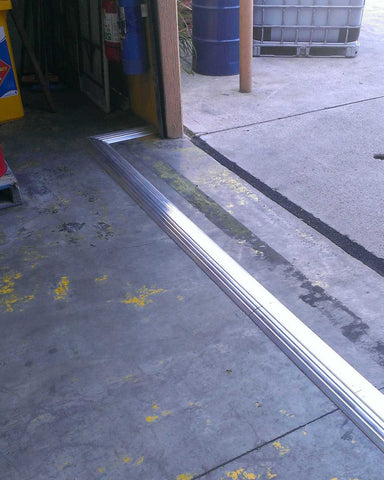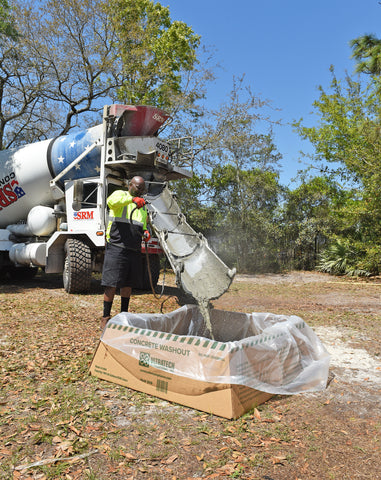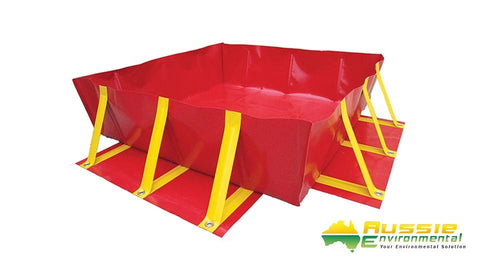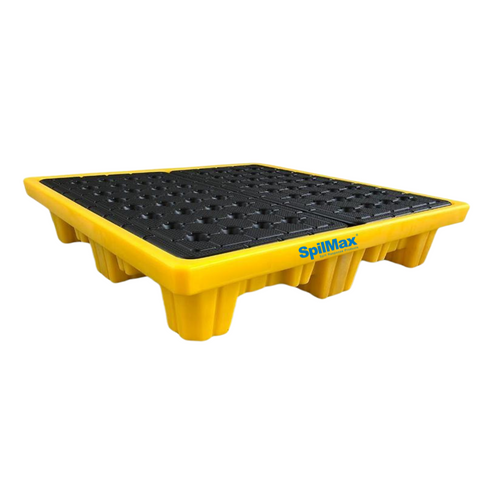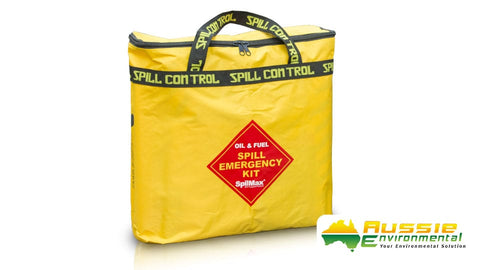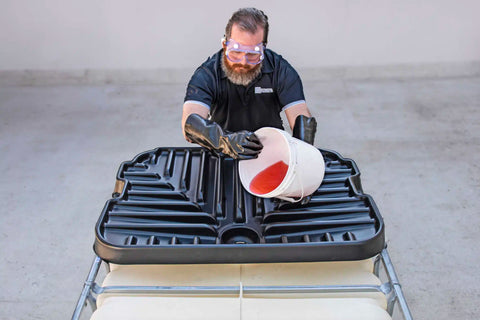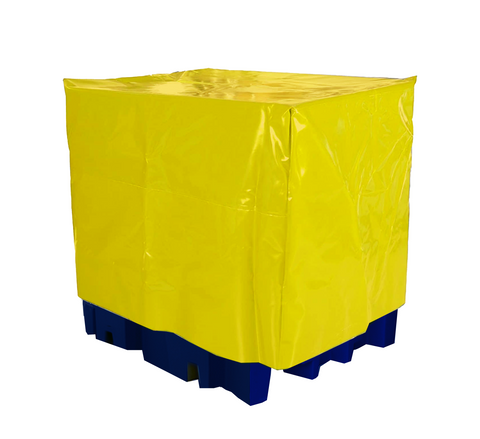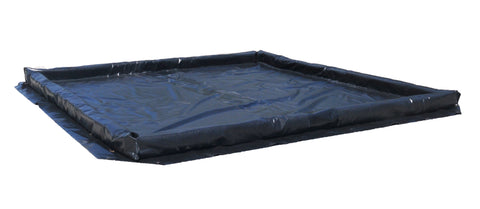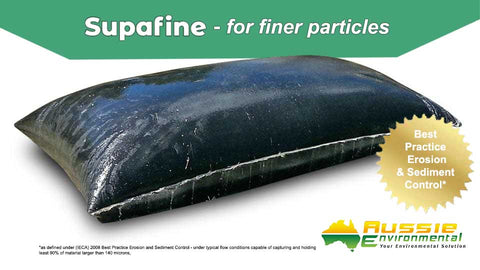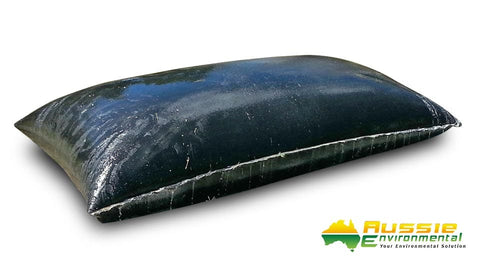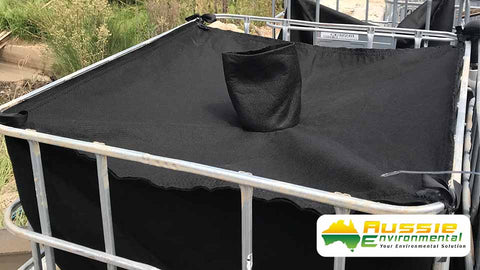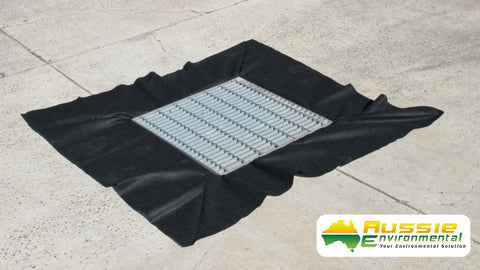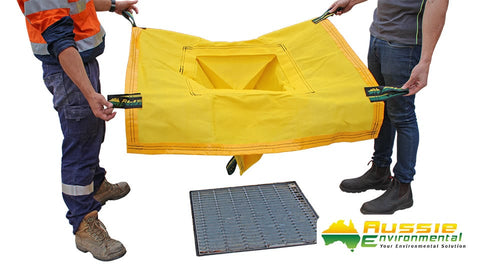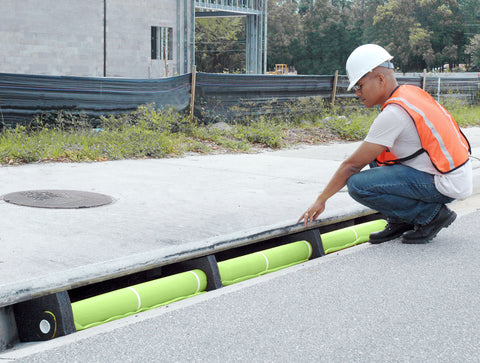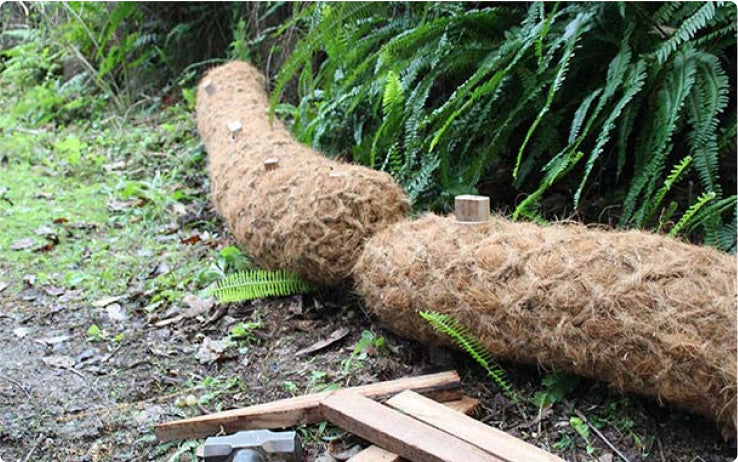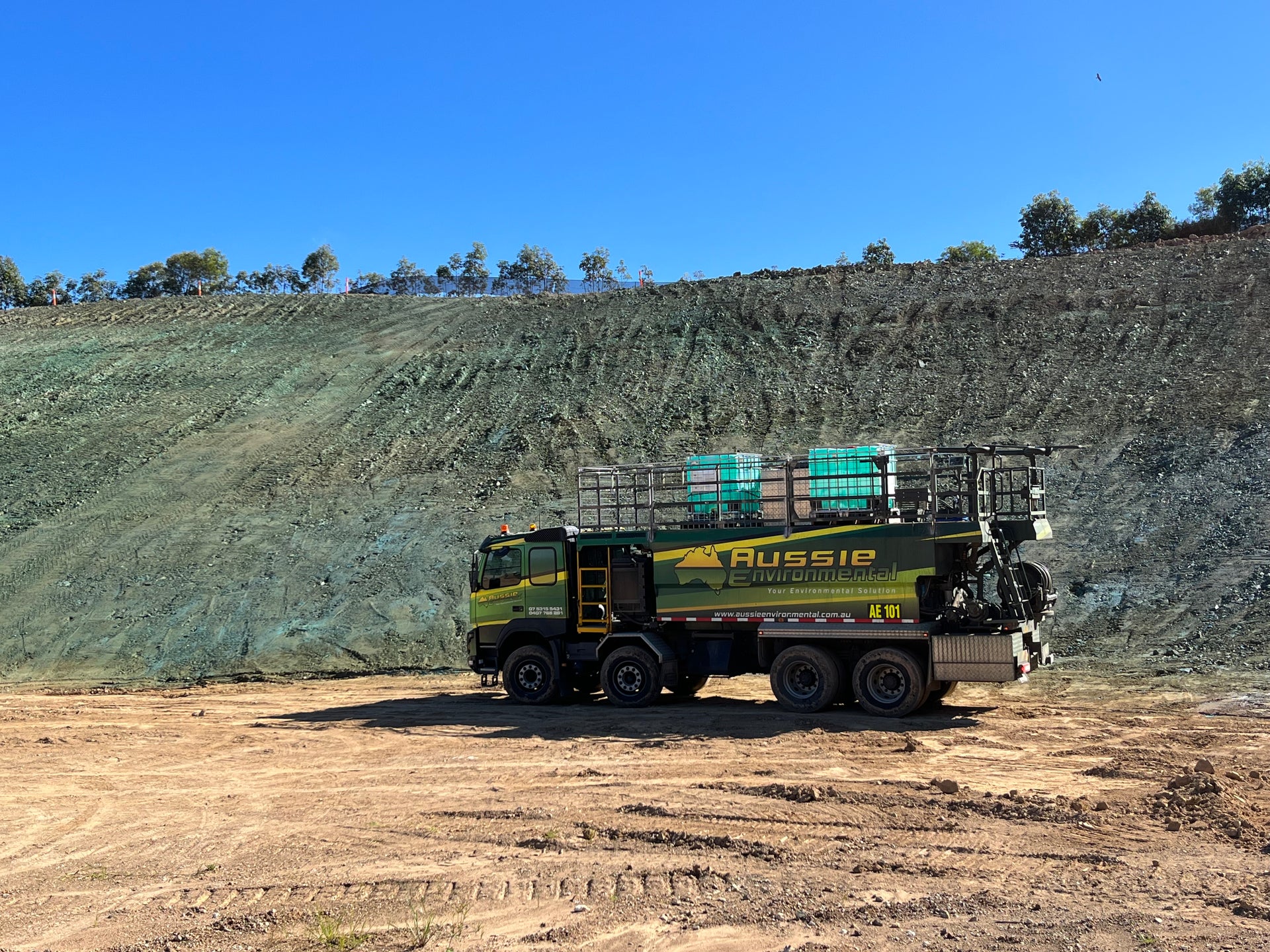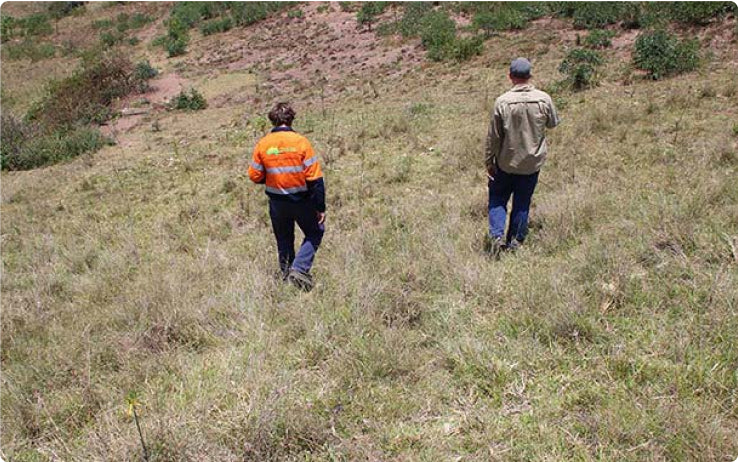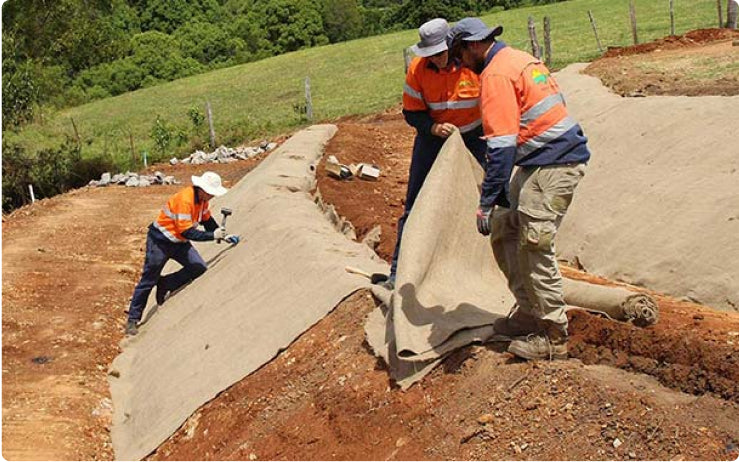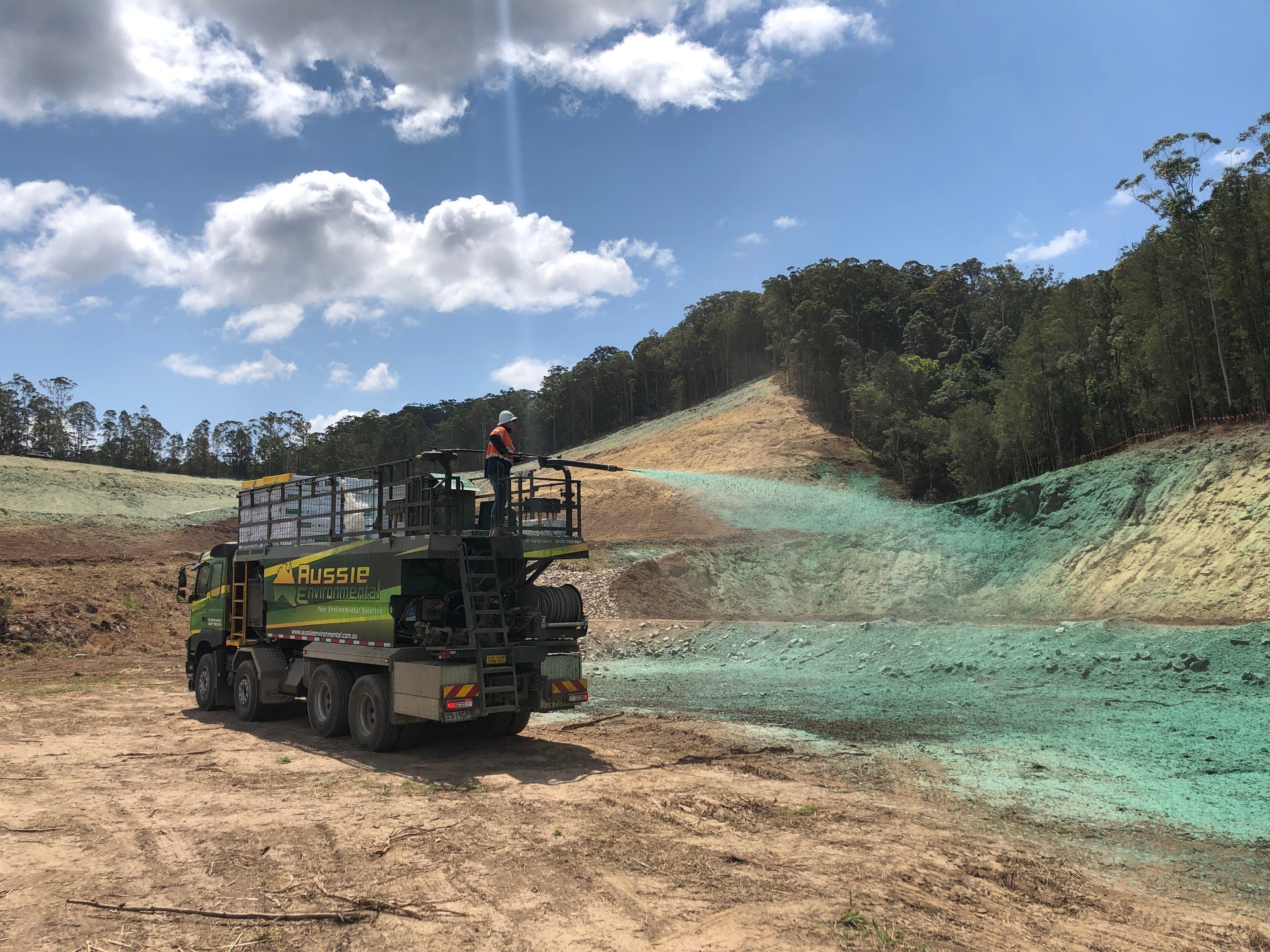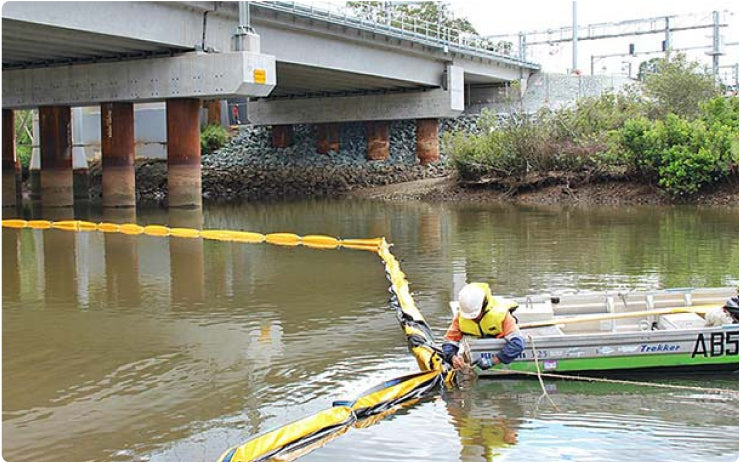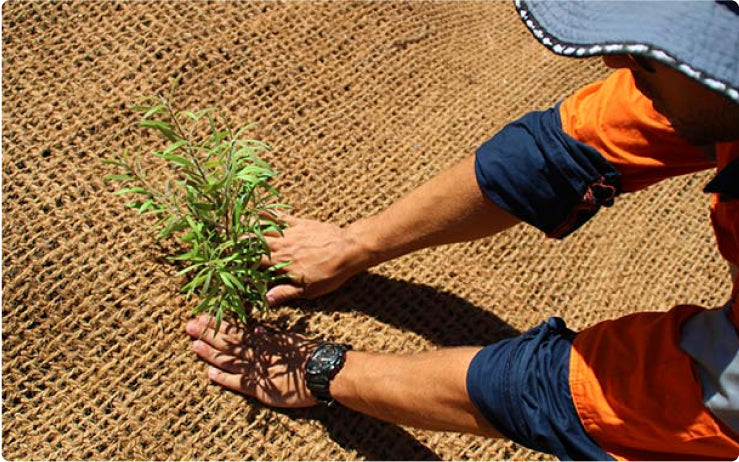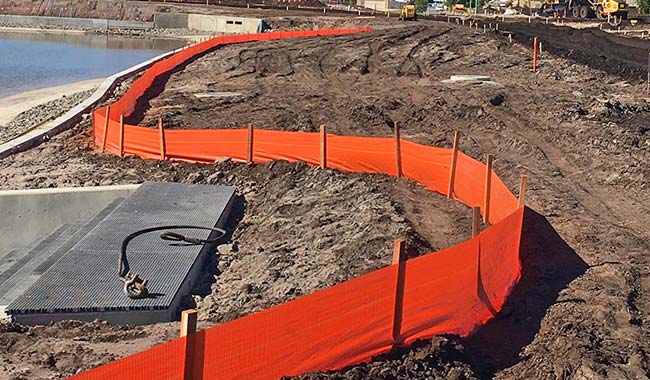DIY Erosion Control for Steep Slopes
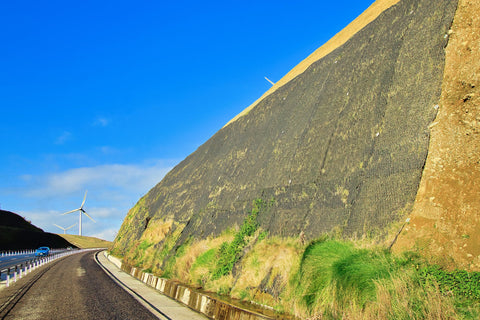
It doesn’t take a great deal of money or professionalism to control the erosion of soil on a slope. With a few simple, cost-effective DIY techniques, you can stabilise the soil protecting plants and reduce runoff.
Homeowners and landscapers have found methods such as mulching, barrier building and ground covering, practical and highly effective. Don’t wait for erosion to kick in; take preventative action early and safeguard your property from damage, encourage healthier soil and build a more sustainable landscape for the long term.
What Causes Soil Erosion?
Soil erosion is caused by natural forces, like water or wind, dislodging and carrying away soil particles. On sloped land, rainwater runs downhill faster, increasing its ability to wash away topsoil. Erosion is worsened when there is a lack of vegetation as roots normally hold soil in place and plants help to slow the flow of water.
Additionally, human activities such as construction or poor land management contribute to erosion as protective covers are stripped. Over time, erosion can cause gullies, loss of fertile soil, and even destabilise the slope itself.
The Top 5 Erosion Prevention Techniques
1. Plant Ground Cover or Deep-Rooted Vegetation
Natural and eco-friendly, plants shield the soil from the impact of rain therefore reducing erosion. Grass, wildflowers, shrubs, and trees are all effective, as they bind the soil with their root systems.
Planting in staggered rows provides maximum soil anchoring and low-maintenance ground covers like clover or creeping thyme offer quick results.
2. Mulching
This inexpensive method sees a layer of organic material (straw, bark, compost, or wood chips) shielding soil from erosion, while locking in moisture. 5-10cm of mulch should be applied to exposed soil with biodegradable mats underneath.
3. Terracing
With slopes cut into step-like sections, the speed of water is reduced giving runoff a chance to absorb into the soil. Mini terraces made from coir logs or treated wood planks are highly effective for gentle slopes, while steep hills benefit from stacked stones or landscape blocks to make sturdier walls.
4. Erosion Control Fabrics or Netting
A quick and effective solution is to use mesh made from coconut fibre, jute, or biodegradable synthetics to hold the soil in place while vegetation grows through it. The fabric is rolled out along the slope and secured with U-shaped retaining pins, generally 2-3 pins per m2.
5. Building Barriers (Rocks, Logs, or Retaining Walls)
Physical barriers not only reduce erosion, but they can double as a landscaping feature. This durable, yet customisable method blocks water movement, traps soil and prevents downhill washouts. Rocks or logs should be lined up horizontally across the slope, not vertically and add a small dry-stone wall with gravel backfill for drainage.
Choose the Best Method for Your Landscape
While each of the prevention methods are effective, not all will apply to your landscape. The slope’s steepness, soil type, your budget, and long-term goals will determine which method will be most beneficial.
You may even find that combining some of the methods offers the most reliable protection.
Selecting the right approach will prevent soil loss and property damage while simultaneously creating a healthier, more sustainable, and visually appealing outdoor environment.
If you need help with this difficult issue, at Aussie Environmental we can offer personalised consultations and provide a plan to stop soil erosion on your land. Find out more here.




